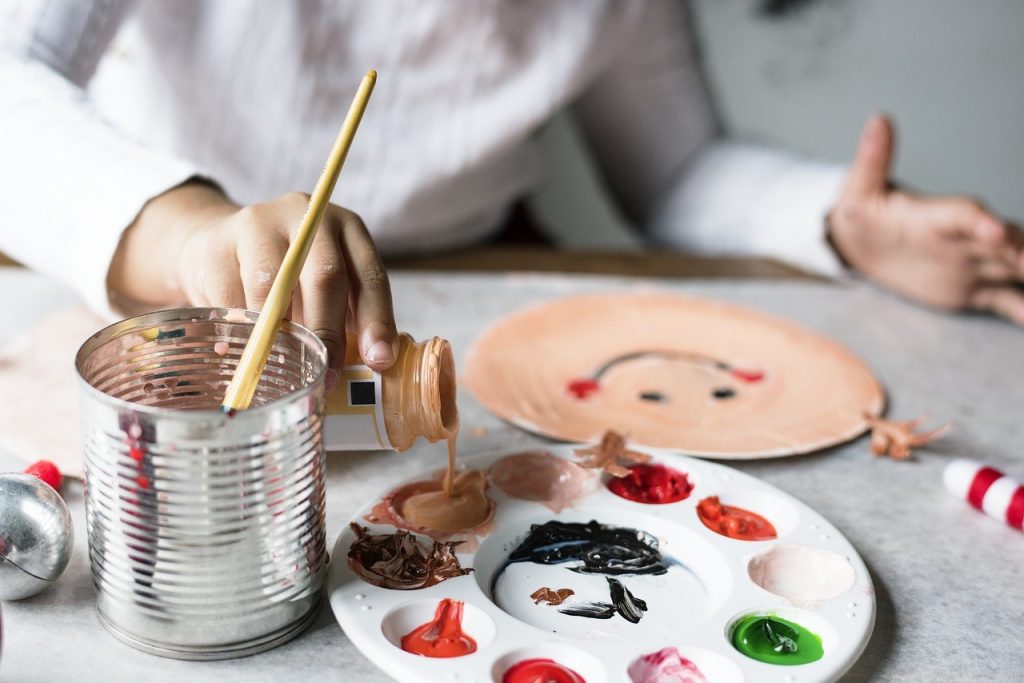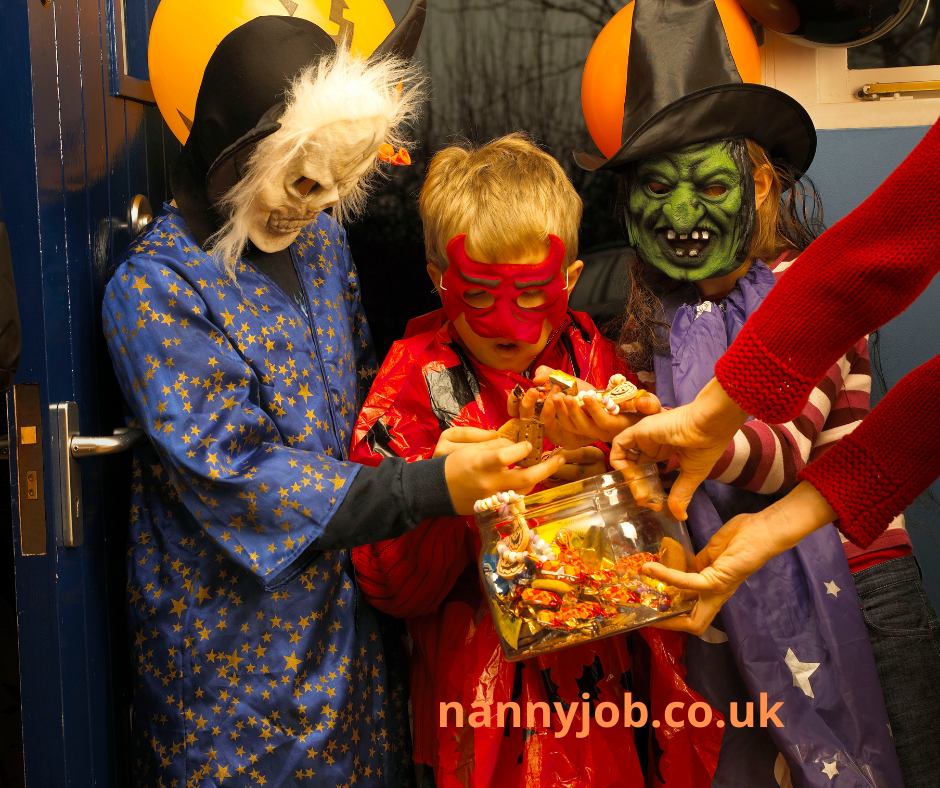Your nanny’s annual leave can sometimes be difficult to negotiate, especially at Christmas time. When making your own plans for work and time off over the Christmas season, you will need to take your nanny’s plans and needs into account as well.
So, how can you strike a balance between your childcare needs, and your nanny’s need for time off over Christmas? How can you keep your nanny happy without leaving yourself in a tricky situation?
Fairly negotiate holiday entitlements
If your nanny is full time, and is given the minimum 4 weeks of paid annual leave each year, a good compromise can be that she chooses when to take two weeks of her holiday, and you choose the other two weeks. This is to prevent situations such as you choosing to go on holiday, leaving her with no work to do and (quite rightly) expecting payment. You will likely both have to compromise a little but this is much fairer than things going in just one party’s favour. Make sure that these arrangements are put in writing and signed by both parties, to ensure that nobody will be surprised or let down later on. Most nannies will have terms in their contracts that cover issues surrounding annual leave, so you both ought to know where you stand from the beginning.
Plan in advance
Christmas may seem a whole world away earlier in the year, but it is worth discussing in advance what your plans are for the Christmas period, and what your nanny wants to do. She may have quite specific days that she wishes to be off, or she may be quite happy to be flexible. If she has her own family, it is pretty safe to say that she will want a decent amount of time off over Christmas. Agreeing these things in advance, and then putting them in writing, will hopefully avoid disagreements later down the line. If you know that your nanny would like some time off over Christmas and New Year, you will have plenty of time to organise things at your workplace so that you can be home, or so that you can make alternative arrangements for the care of your children.
Offer benefits – especially at Christmas
Remember, your nanny is your employee. If she doesn’t feel appreciated, she may well look elsewhere for work. You may wish to give her some extra holiday on full pay over Christmas as a thank you for her hard work throughout the year, or a monetary bonus of some kind. Although unsociable hours can sometimes be a part of a nanny’s job description, those hours should always be agreed in advance and not dropped on her suddenly – especially not over Christmas and New Year when she may have her own special arrangements.
Remember, although you are your nanny’s employer, she is a special part of your family. The relationship should be kept warm yet professional. As long as everybody is honest and upfront early about their needs and wishes over the festive season, there should be no reason for any aggravation.





 With the cost of living on the increase and many of us watching the pennies (and pounds!) you might decide to recreate some of the fun at home with sparklers or by building a small bonfire with older children, maybe even doing some campfire cooking. The most important thing to keep in mind is that fire, and fireworks, are dangerous.
With the cost of living on the increase and many of us watching the pennies (and pounds!) you might decide to recreate some of the fun at home with sparklers or by building a small bonfire with older children, maybe even doing some campfire cooking. The most important thing to keep in mind is that fire, and fireworks, are dangerous.

 Whether you agree with Halloween or not it’s become a fixture in the calendar. A time for dressing up, a time for scary stories and a time to go out and beg the neighbours for sweets – also known as trick-or-treating – and a few additional risks.
Whether you agree with Halloween or not it’s become a fixture in the calendar. A time for dressing up, a time for scary stories and a time to go out and beg the neighbours for sweets – also known as trick-or-treating – and a few additional risks.